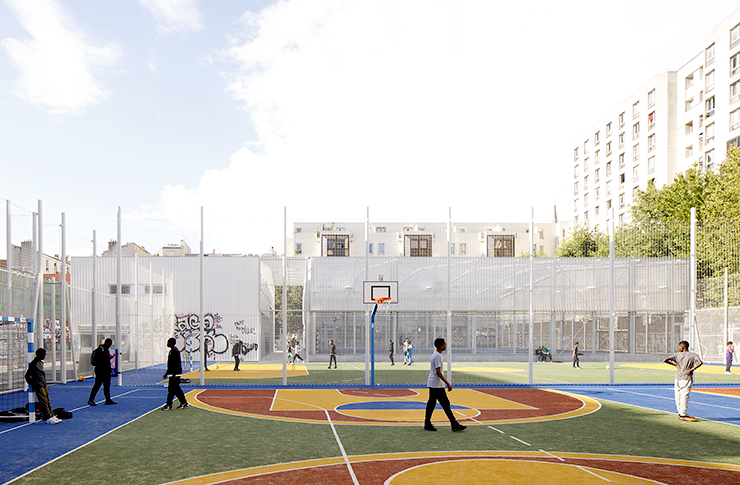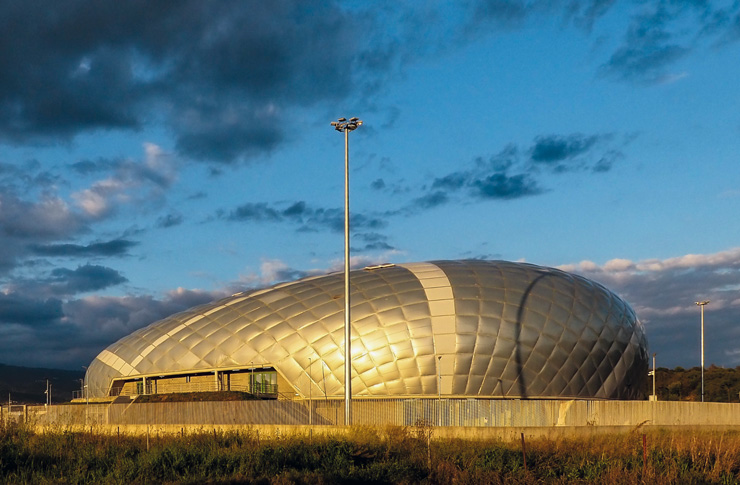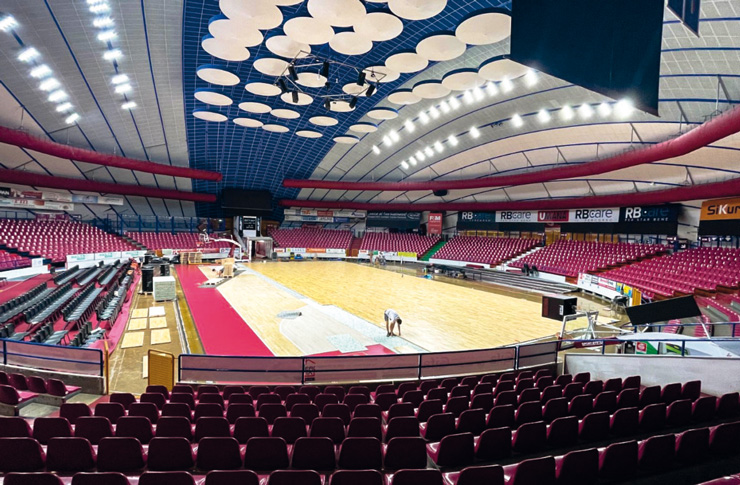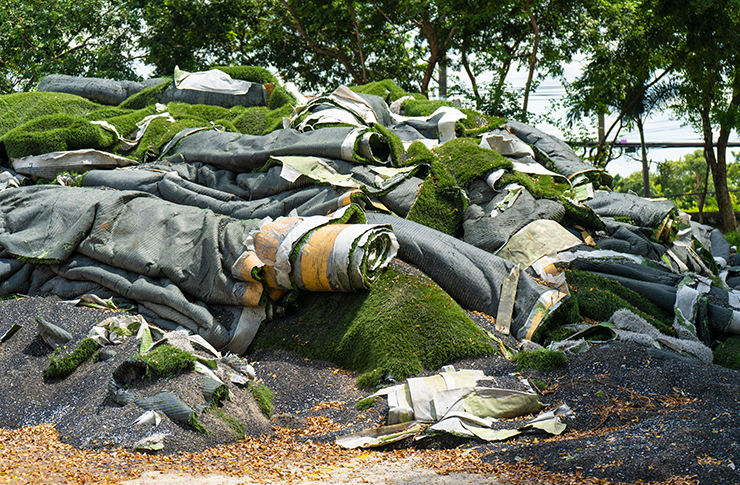Special Report #35: Surfaces for athletics – Any type is permissible as long as it meets the physical requirements.
Surfaces ‘up to standard
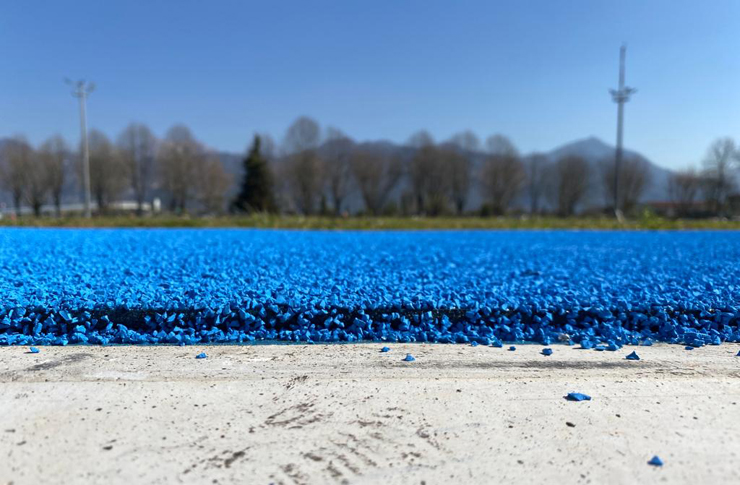
The use of synthetic surfaces for sporting activities in general and athletics in particular has a threefold justification
– to protect the physical safety of athletes by reducing the possible risk of injury
– to promote high athletic performance;
– to guarantee uniform and constant conditions over time when carrying out activities.
To this end, the (essentially physical-mechanical) characteristics of the synthetic material must be known and controlled.
The requirements dictated by the International Athletics Federation (today World Athletics) so that an athletics track can obtain the relative homologation (requirements that have also been fully implemented by the Italian Athletics Federation), are aimed at guaranteeing that the track surface is suitable for use, allowing the regular performance of sporting activities and simultaneously reducing the risk of injury for athletes. Compliance with the requirements of the regulations also guarantees a reasonable uniformity of performance obtainable in different facilities.
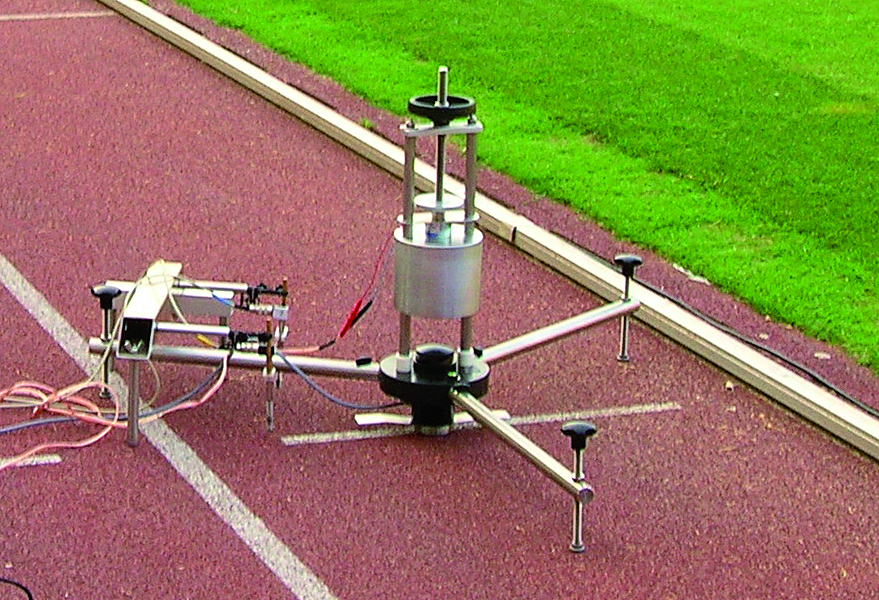
With regard to the types of construction of the surfaces – whether they are cast in situ or prefabricated – the WA does not consider any distinction, referring simply to the compliance of the individual surfaces with the parameters set for laboratory tests (tensile strength, breaking strain and slip resistance) and for on-site tests (Shock Absorption and Vertical Deformation), their acceptance, or recognition or approval.
Only for the holding of athletics competitions such as Olympic Games, World Championships, Continental Championships and Continental Cups, WA requires and verifies, as above, that the sports facility is equipped with a “WA Certified” synthetic surface; in these cases, the surface shall be subjected to on-site and laboratory tests to verify its compliance with the required parameters.
For all other types of international competitions, as for all other facilities that are to be constructed with synthetic surfaces, unless specifically requested by the Owner, the WA does not carry out any direct inspection of the surfaces, leaving the ascertainment of compliance with the WA Standards and the acceptance of the same, to the competence of the individual National Athletics Federations and their respective testing procedures.
The Types of Synthetic Surfaces
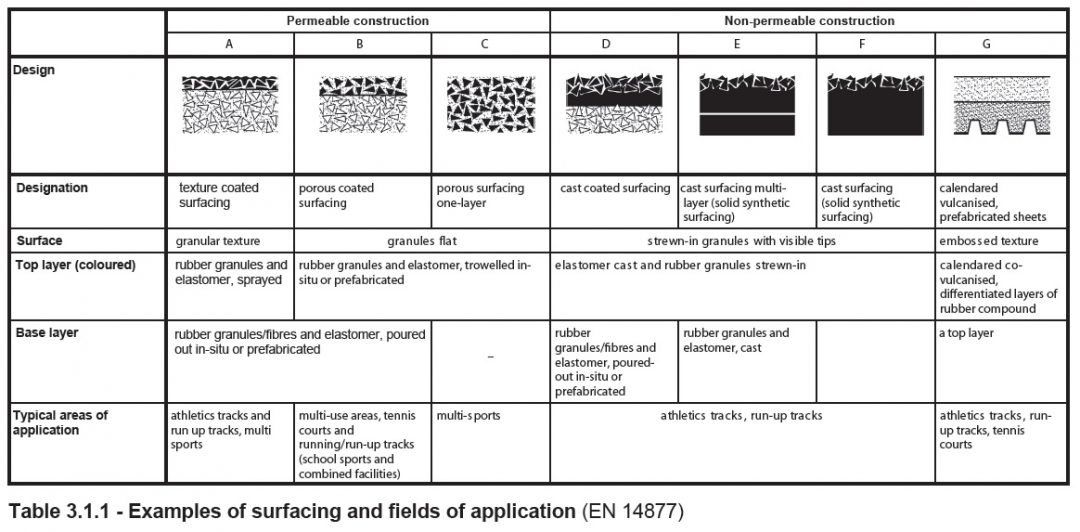
Assuming, therefore, that synthetic surfaces must meet certain physical parameters, World Athletics reviews the different types of construction, citing them by way of example and not as an exhaustive list.
The ‘Track and Field Facilities Manual‘ also points out that the needs of different specialities may differ: the surface requirements of sprinters are different from those of long-distance runners. Furthermore, it is recommended that the synthetic surfaces of training facilities generally have higher shock absorption than those of competition facilities.
However, with large athletics meetings involving all events, this ‘fine-tuning’ of the track to favour a particular group of athletes is not acceptable. For this reason, all flooring systems should offer a ‘balance’ of dynamic properties that represents a compromise between the various needs of the different athletes using the facilities. The performance requirements set by World Athletics are therefore based on the needs of all athletes.
Furthermore, when facilities are used for major international competitions, the surface of the warm-up track must have the same dynamic properties as the track surface of the main arena.
Descriptions of the individual types can be found in the aforementioned WA Handbook.





